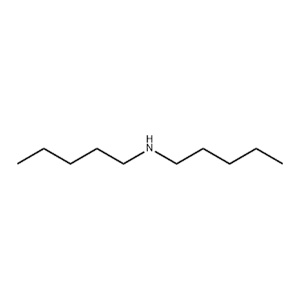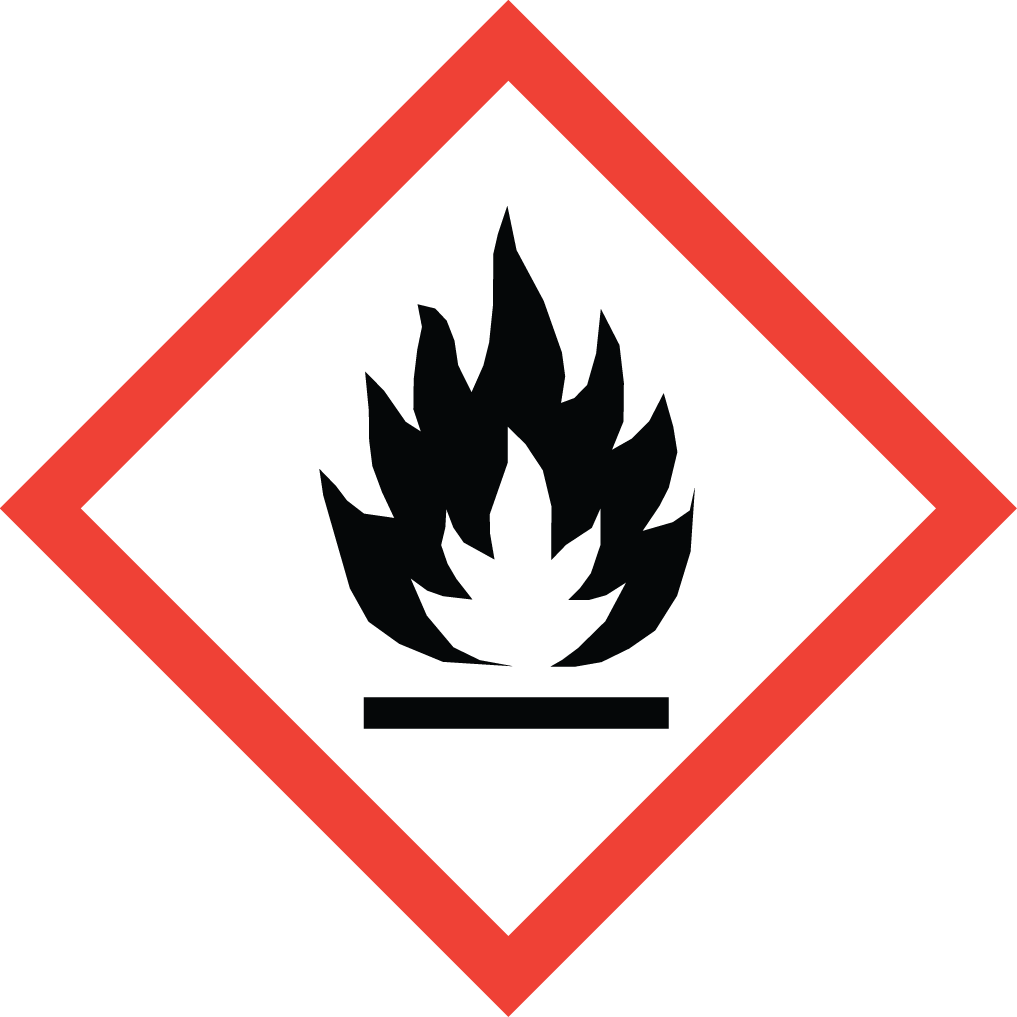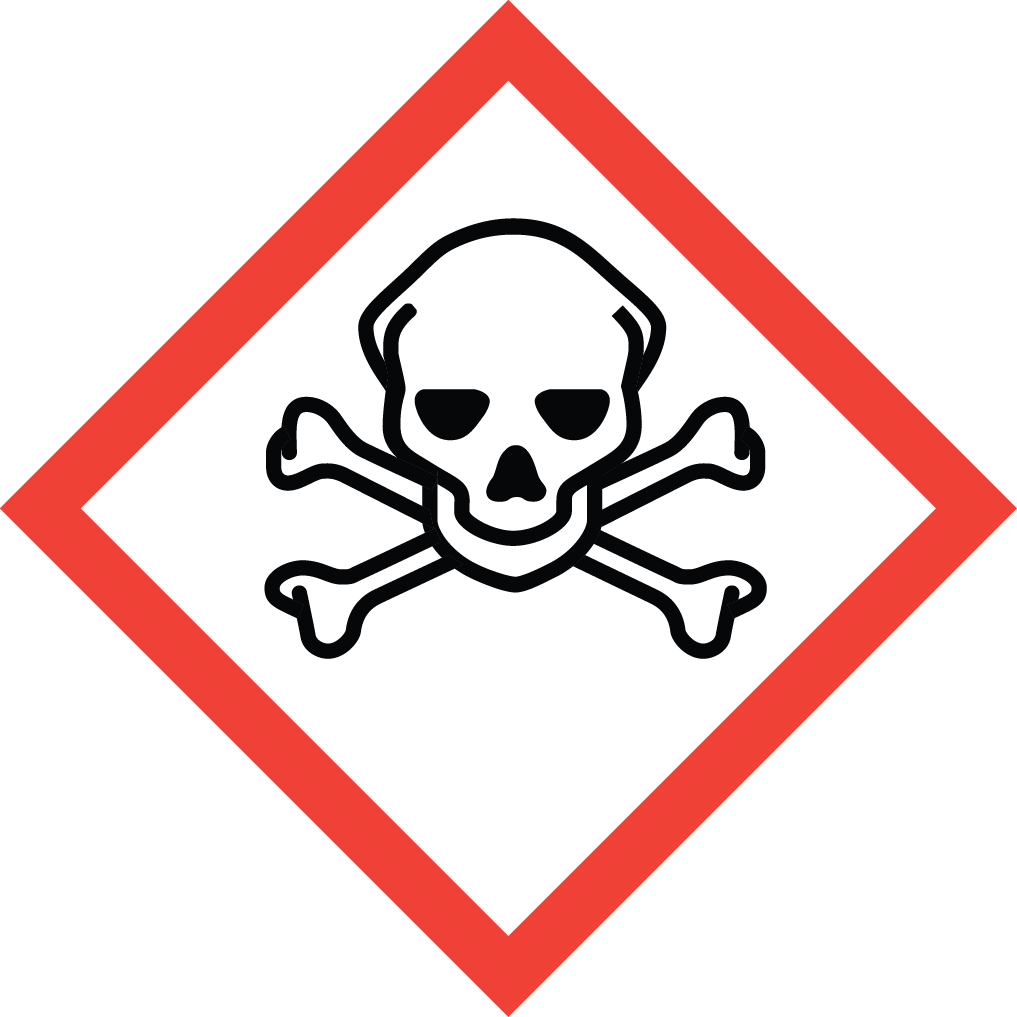Discover Aure Chemical's Premium Diamylamine Supply
Diamylamine (Di-n-amylamine), CAS 2050-92-2, is a secondary aliphatic amine widely used as a building block for surfactants,
agrochemicals, and functional intermediates. Its balanced hydrophobic and reactive amine structure makes it suitable for modifying
surface activity, creating organic intermediates, and participating in alkylation and acylation reactions. Aure Chemical delivers
Diamylamine with superior purity and stability for consistent industrial performance.
Basic Information of Dipentylamine
Dipentylamine (CAS No. 2050-92-2) is meticulously produced and rigorously tested to meet stringent quality standards. We ensure exceptional purity and consistent performance, essential for your critical applications:
| CAS No.: | 2050-92-2 |
|---|
| EC No.: | 218-108-3 |
|---|
| Linear Formula: | C10H23N |
|---|
| Molecular Weight: | 157.3 |
|---|
| Appearance: | Colorless to Light yellow to Light orange liquid |
|---|
| Odor: | Ammonia-like odor |
|---|
| Melting Point: | -44°C |
|---|
| Boiling Point: | 202-203 °C(lit.) |
|---|
| Density: | 0.767 g/mL at 25 °C |
|---|
| Solubility: | It is only very slightly soluble or poorly soluble in water. It is generally soluble or miscible with most common organic solvents (such as ethanol, ether, benzene, and acetone). |
|---|
| Flash Point: | 157 °F |
|---|
| RIDADR: | UN 2841 3/PG 3 |
|---|
| Chemical Structure: |  |
|---|
Application Overview
Diamylamine is valued in multiple industries due to its versatile structure and reactivity. Major application areas include:
1. Surfactants & Functional Additives
Intermediate for cationic and nonionic surfactants
Used in lubricity enhancers and emulsification agents
Component in corrosion inhibitor blends for industrial equipment
2. Agrochemical Intermediates
Precursor for herbicide and pesticide synthesis
Used in nitrogen-containing alkylated molecules
Applied in custom intermediate manufacturing for crop-protection chemicals
3. Organic Synthesis
Suitable for amide, urea, and imide formation
Reagent for alkylation and N-substitution reactions
Used in the development of fine chemicals and performance materials
4. Industrial Formulation Chemicals
Building block for additives in oilfield chemicals
Utilized in specialty coatings and polymer modification
Ingredient in antistatic and surface-treatment agents
5. Research & Development
Reagent in organic synthesis research
Used in pilot-scale process development for specialty chemical projects
Stable amine source for multi-step reaction sequences
Why Choose Aure Chemical
Aure Chemical supports global partners with a supply framework built around precision, trust, and technical reliability:
Consistent Manufacturing Standards: Our controlled production systems ensure reproducible quality across every batch.
Flexible Supply Solutions: We accommodate varying order sizes—from laboratory-scale to bulk industrial shipments—without compromising quality.
Reliable Logistics Planning: Strong export capabilities and optimized warehouse networks minimize lead times worldwide.
Documentation & Compliance: Full COA, SDS, and regulatory support provided to meet global market requirements.
Dedicated Customer Support: Our technical and commercial teams collaborate closely with clients to streamline procurement and application integration.
Hazards Classification
GHS Classification: Flammable Liquid (GHS02), Acute Toxicity (GHS06), Corrosive (GHS05)
Hazard Statements: Flammable liquid and vapor; harmful if swallowed, in contact with skin or if inhaled; causes severe skin burns and eye damage.
UN Number: UN 2841
Hazard Class: 3 (Flammable Liquids)
Packing Group: III
 GHS02: Flammable
GHS02: Flammable GHS05: Corrosive
GHS05: Corrosive GHS06: Acute toxicity
GHS06: Acute toxicity
